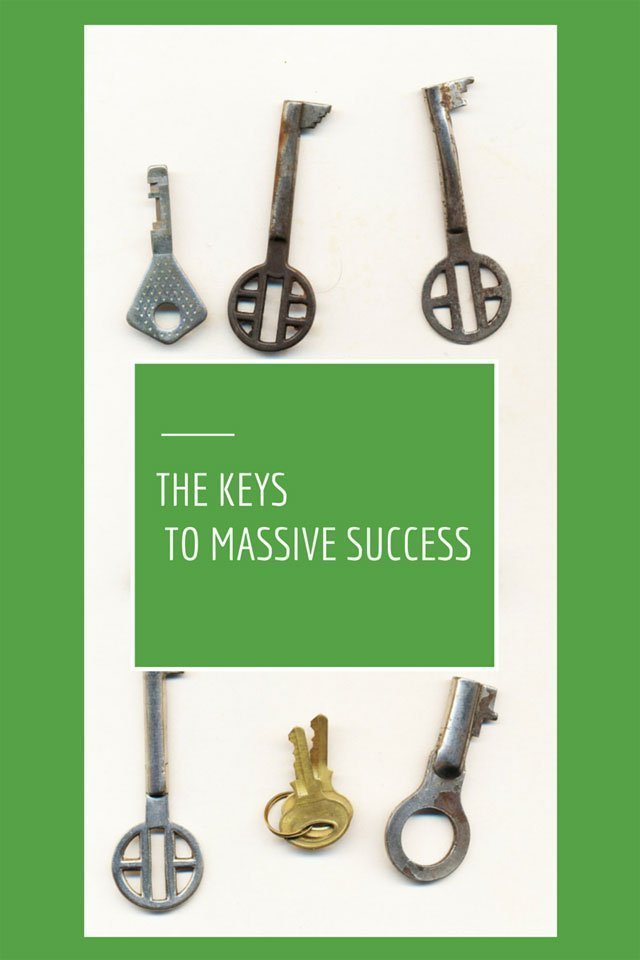If you’re wondering whether Hal Elrod’s Miracle Morning routine will change your life, I’ve been there. I gave it an honest shot—and for a while, I was all in. The concept is appealing: wake up early and front-load your day with personal development rituals like meditation, affirmations, visualization, journaling, reading, and exercise. But here’s the thing no one tells you: just because something sounds productive doesn’t mean it’s the best use of your energy.
And that’s where this review will challenge the mainstream take. If you’re serious about getting your life in order, this might be the conversation you actually need to hear.
What Is the Miracle Morning?
The Miracle Morning is a self-improvement routine popularized by Hal Elrod. It’s built around six practices designed to jumpstart your day, known by the acronym S.A.V.E.R.S.:
- Silence (meditation or breathing)
- Affirmations
- Visualization
- Exercise
- Reading
- Scribing (journaling)
The idea is simple: by dedicating your first hour each morning to these six areas of personal development, you’ll transform not just your mornings, but your life. It’s a compelling pitch—structured, motivational, and seemingly achievable for anyone willing to wake up a little earlier.
But in practice, this “miracle” routine doesn’t work for everyone. And in my case, it turned out to be the wrong tool for the job.
Why I Stopped Doing It
At first, I liked the structure. It felt good to tick off six “productive” things before most people were out of bed. But over time, I started to notice something: I was spending the most focused, high-energy part of my day on activities that didn’t actually move the needle.
Meditation, journaling, visualization—these are great practices. But they’re also passive. They don’t require much brainpower, and they don’t create immediate momentum. Meanwhile, my most important work—writing, creating, solving real problems—was getting pushed later into the day, when my mental energy was already fading.
It finally clicked: mornings are your prime time. Why waste that on things that can be done half-asleep? If I only have a small window each day to make serious progress, I’m not going to spend it journaling about goals—I’m going to work on them.
I didn’t quit the Miracle Morning out of laziness. I quit because I realized it was distracting me from doing the real, uncomfortable, progress-making work. And that’s a mistake I see a lot of people making in the name of “mindset.”
What I Do Instead
Instead of burning my morning energy on visualization or reciting affirmations, I started doing the one thing that actually needed to get done. Not six things. Just one—but the right one.
Most days, that means opening my laptop and jumping straight into editing a video, writing a blog post, building a product, or tackling the hardest task on my list. The goal isn’t to “warm up” with something gentle—it’s to capitalize on my peak focus window before it disappears.
I moved the slower, reflective stuff—like journaling or meditation—to the evening. That’s when I’m naturally winding down, and those kinds of habits feel more restorative than distracting. This switch alone had a bigger impact on my output than any productivity app or planner I’ve ever tried.
It’s not about rejecting mindset work—it’s about placing it where it fits. Your mornings don’t need to feel sacred. They need to be effective.
Who the Miracle Morning Does Help
For some people, the Miracle Morning can be exactly what they need. If you’re going through a tough season—burnout, stress, depression—it can offer structure, calm, and a sense of control. The routine creates space to reconnect with yourself before the demands of the day kick in.
It also makes sense for anyone whose main priority is mindset work. If you’re trying to rebuild confidence, develop self-awareness, or simply carve out quiet time in a chaotic household, the SAVERS approach might genuinely serve you.
In those cases, the passive nature of the practices isn’t a drawback—it’s the point. You’re not trying to launch a product or write a book before 8 a.m. You’re trying to feel grounded, focused, and emotionally steady. And for that, the Miracle Morning can be a lifeline.
So no, I’m not saying it’s useless. I’m saying it depends on what you actually need right now—and whether those six habits align with your highest priorities.
How to Tweak It If You Still Want to Try
The Miracle Morning doesn’t demand a huge time investment—just ten minutes per practice, about an hour total. But let’s be honest: it’s not the clock that makes it feel overwhelming. It’s the mental juggling.
You’re switching from silence to affirmations, to visualization, to reading, to journaling, to a workout—all before coffee. It’s six different energy modes packed into your most precious hour of the day. For some, that’s motivating. For others, it’s mentally exhausting.
So if you want to try it without getting bogged down, here are a few ways to make it work on your terms:
- Simplify the sequence: Try the 6-minute version—one minute per practice—to keep the structure but drop the pressure.
- Reorder for energy: Start with movement to wake up your body, then save quiet or reflective tasks for later in the day.
- Batch slower habits: Reading, visualization, and journaling often work better at night or in quiet pockets throughout the day.
- Streamline with tools: The 5 Minute Journal app or a simple digital vision board (like Moodboard) can help you stay consistent without adding friction.
The goal is to support your life—not just perform a ritual. If the routine doesn’t help you move forward, adjust it until it does.
It’s About Energy, Not Rituals
The Miracle Morning is a well-intentioned system. For some, it’s the structure they’ve been missing. But if you’re trying to build a business, create something meaningful, or solve real-life problems, stacking passive habits in your most focused hours might actually slow you down.
Morning energy is a limited resource. Once it’s gone, it’s gone. That first hour of clarity, focus, and momentum is your edge—and it should be protected like prime real estate. Whether you spend it meditating or tackling your biggest project will determine how fast you move toward the life you actually want.
So here’s the truth most Miracle Morning reviews don’t say: if your #1 problem is mindset, then start your day with mindset work. But if your #1 problem is lack of action? Don’t get distracted by a feel-good checklist. Wake up, and go straight at what matters.
Tools I Used (And Still Recommend)
Even though I don’t follow the full Miracle Morning routine anymore, a few tools stuck with me because they genuinely made parts of the process easier:
- Meditation & Affirmations: Starting with just 5 minutes each helped ground my thoughts and set a positive tone. I recommend “Affirmations That Work” by William Simpson on iTunes for those seeking guidance.
- Visualization & Journaling: Tools like the Moodboard app and the 5 Minute Journal app make these practices both accessible and impactful.
- Reading & Exercise: Flexibility is key. Whether it’s a book you’ve been meaning to read or a high-intensity workout like the 30 Real Time BodyRock Challenge, choose activities that energize you.
How to Bring Out the Best In Your Kids and Yourself














Casey, what a great article on how you do your MM. I love it myself and it has really changed my life. Also, thanks for sharing the 5-minute journal. I found that to be so helpful! I can’t wait to read more! Thanks again!
Hey Casey! Given you’re a fan of morning rituals, you may find this podcast episode interesting… 🙂
https://soundcloud.com/jayson-gaignard/14-the-unfair-advantage-leveraging-the-power-of-habits-and-rituals
Pingback: This is Why I’m Blogging | robinofreality
Going to start my morning routine, your detailed journal, and your additions really helped, thanks!
Pingback: Make My Morning | lifeattempt
WOW! I’m amazed that you started doing 2 hours only after 4-5 days. I’m on Day 2, and I love the clarity I have from doing the Miracle Morning. I am actually documenting my Miracle Mornings on my YouTube channel. I see that you have posted a couple of videos at the bottom of this post. Would love for you to check out my journey videos, and hopefully we can inspire others through them!
I have really been considering getting this book. it sounds amazing. the question i have though, is what about actually eating breakfast, having a shower, getting dressed etc. cos i struggle enough with that as it is. is this something you do before that, or after or does he talk at all about it?
Pingback: My 10×10 for 2016 (Pt. 10) | A Little Lane
wow… very high quality info, thanks for sharing! May all your dreams come true <3